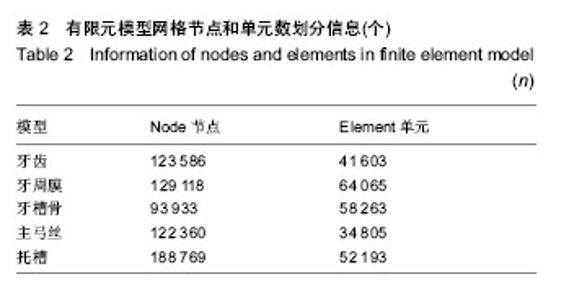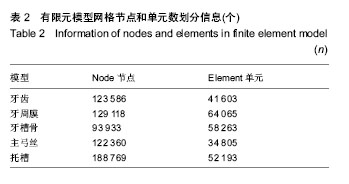Chinese Journal of Tissue Engineering Research ›› 2014, Vol. 18 ›› Issue (24): 3845-3849.doi: 10.3969/j.issn.2095-4344.2014.24.013
Previous Articles Next Articles
Maxillary first molar displacement and stress analysis of transmission straight wire technique under gable bend effect
Ding Rui1, 2, Bai Xin-hua2, Man Yun-na2, Wu Pei-ling1, Wang Wei3
- 1Department of Stomatology, Second Affiliated Hospital of Xinjiang Medical University, Urumqi 830063, Xinjiang Uygur Autonomous Region, China
2Urumqi Stomatological Hospital, Urumqi 830002, Xinjiang Uygur Autonomous Region, China
3CAD/CAM Laboratory, Xinjiang University, Urumqi 830046, Xinjiang Uygur Autonomous Region, China

